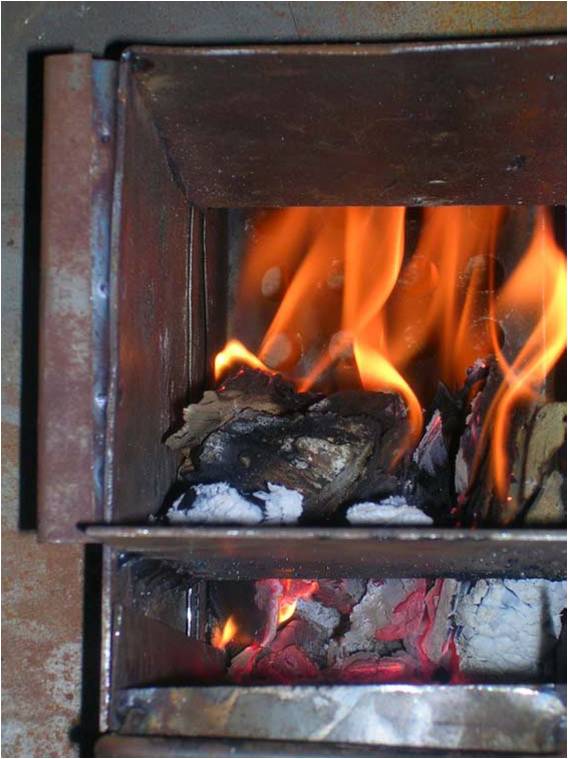Installation of Improved Metal Cooking Stoves in the Khumbu Region: Field Visit Reports (3)
Sustainable Technology Adaptive Research and Implementation Center, Nepal Sjoerd Nienhuys, SNV-Nepal January 2005
 Khumbu Metal Stoves
Khumbu Metal StovesAttached reports:
(1 of 3)
(2 of 3)
(3 of 3)
1. BACKGROUND
The majority of people in Nepal live in rural areas (88%). From the total energy requirements of the country, the rural areas account for 80%, mainly used for cooking. Almost all rural energy consumption (98%) is from traditional biomass resources, such as fuel wood, agricultural residues and animal dung. Accessibility to the electric grid by rural people is very limited, while LPG gas and kerosene oil in the high altitude and remote areas is relatively costly due to the high cost of
transport. Therefore, people living in remote areas depend heavily on forest resources to meet their demand for cooking energy.
In high altitude areas fuel wood is needed for cooking and space heating; the amount increasing with the altitude and colder temperatures. This results in continuous forest degradation, nutrient depletion from soils (by burning agro waste and cow dung), low agricultural outputs and soil
erosion. Together, these aspects result in a further reduction of accessibility to fuel wood.

